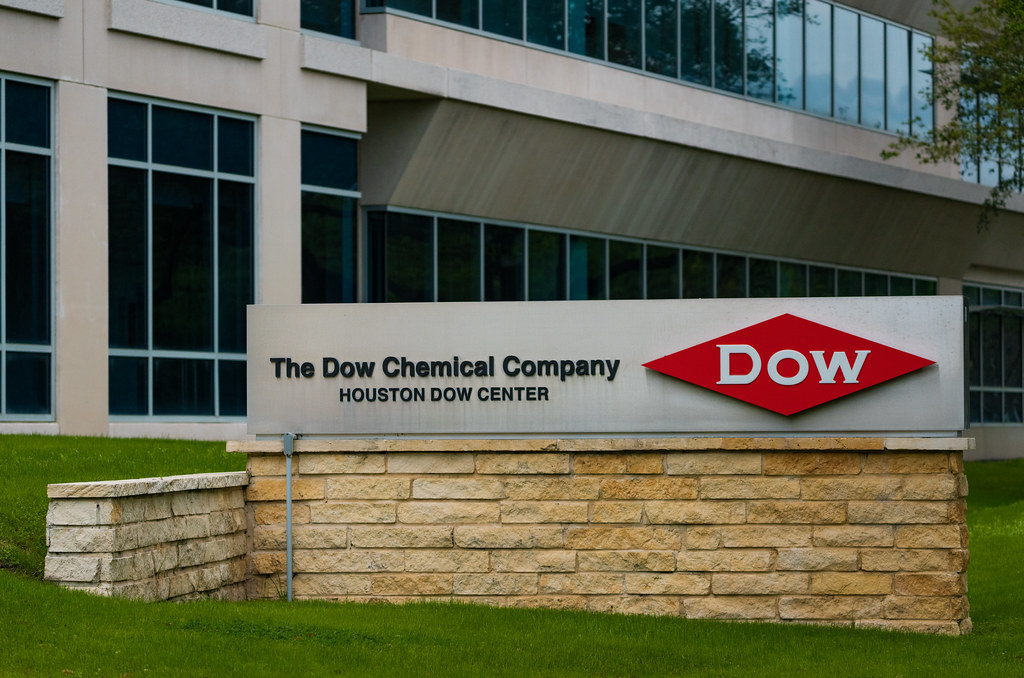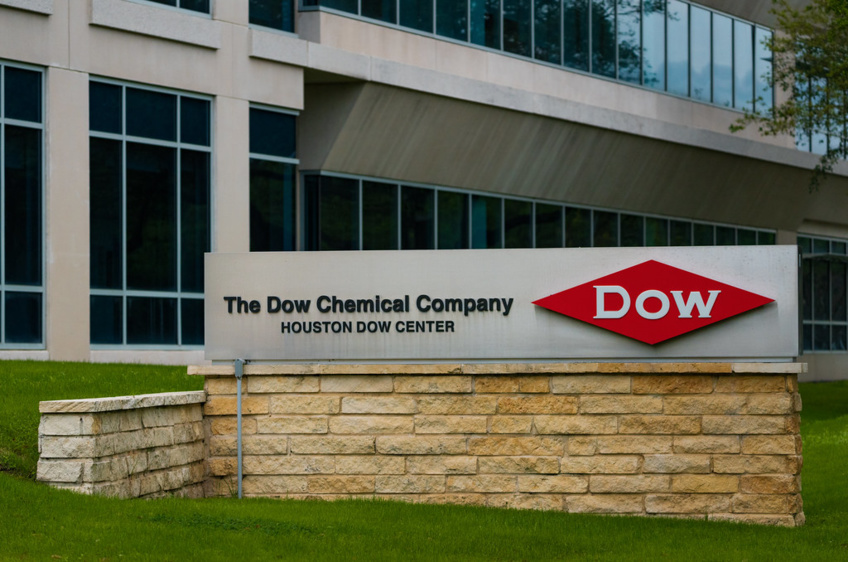Bringing diverse perspectives to the table is an important way to aid in critical thinking and the discovery of new opportunities. This is especially evident in the field of corporate social responsibility, where robust thinking and dialogue contribute to the creation of a more sustainable world. Dow's Sustainability External Advisory Council (SEAC) is an excellent example of a long-standing advisory board that has helped shape our sustainability journey over the last 30 years.
When it was founded in 1992 by Frank Popoff, former Dow CEO and chairman, and David Buzzelli, former Dow board member and executive vice president, it was a first-of-its-kind council in the petrochemical industry. The SEAC provides an independent, outside-in perspective on critical sustainability and environmental policies that affect Dow and the global community, such as climate change, ecosystem services, circularity, and sustainable chemistry.
These thought leaders represent the best in academia, government, and non-governmental organizations, and they bring a diverse, global perspective on a wide range of important and current issues. This approach and diverse set of stakeholders enable us to address global challenges in the most effective way to drive sustainable and inclusive growth.
Looking back on three decades of collaboration with the SEAC, we can see the impact they have had on our company. We have pushed boundaries and made bolder strides as a result of their challenging and thought-provoking feedback.
Creating an impact
Notably, the SEAC contributed to the development of our decade-long Environment, Health, Safety, and Sustainability Goals. The SEAC challenged us to be bold, ambitious, and a leader in sustainability as we developed our 2005, 2015, and most recent 2025 goals. Each successive set of goals was elevated and designed to have a broader reach and impact with the council's guidance.
With our 2025 Valuing Nature Goal, for example, the SEAC served as a sounding board and thought partner, assisting us in incorporating nature into business decisions. To date, we are roughly three-quarters of the way to delivering $1 billion in value, primarily through avoided costs, from projects that are beneficial to both businesses and ecosystems. And, through continued collaboration, we are assisting the global transition to a more circular economy. In order to accomplish this, the council encouraged us to be bold in our actions and to seek new partnerships, such as those through the Alliance to End Plastic Waste.
Looking ahead
We're taking a moment to reflect on three decades of collaboration and growth with the SEAC, but we're also looking ahead. The SEAC will continue to bring outside perspectives that will help us navigate many aspects of sustainability, from policy and advocacy to regulatory frameworks, consumer dialogue, and financial perspectives on sustainability. We will continue to learn from and benefit from their industry expertise, as we have in the past. We recognize our purpose to deliver a sustainable future for the world through materials science and collaboration with our partners because of and in partnership with the SEAC.
When it was founded in 1992 by Frank Popoff, former Dow CEO and chairman, and David Buzzelli, former Dow board member and executive vice president, it was a first-of-its-kind council in the petrochemical industry. The SEAC provides an independent, outside-in perspective on critical sustainability and environmental policies that affect Dow and the global community, such as climate change, ecosystem services, circularity, and sustainable chemistry.
These thought leaders represent the best in academia, government, and non-governmental organizations, and they bring a diverse, global perspective on a wide range of important and current issues. This approach and diverse set of stakeholders enable us to address global challenges in the most effective way to drive sustainable and inclusive growth.
Looking back on three decades of collaboration with the SEAC, we can see the impact they have had on our company. We have pushed boundaries and made bolder strides as a result of their challenging and thought-provoking feedback.
Creating an impact
Notably, the SEAC contributed to the development of our decade-long Environment, Health, Safety, and Sustainability Goals. The SEAC challenged us to be bold, ambitious, and a leader in sustainability as we developed our 2005, 2015, and most recent 2025 goals. Each successive set of goals was elevated and designed to have a broader reach and impact with the council's guidance.
With our 2025 Valuing Nature Goal, for example, the SEAC served as a sounding board and thought partner, assisting us in incorporating nature into business decisions. To date, we are roughly three-quarters of the way to delivering $1 billion in value, primarily through avoided costs, from projects that are beneficial to both businesses and ecosystems. And, through continued collaboration, we are assisting the global transition to a more circular economy. In order to accomplish this, the council encouraged us to be bold in our actions and to seek new partnerships, such as those through the Alliance to End Plastic Waste.
Looking ahead
We're taking a moment to reflect on three decades of collaboration and growth with the SEAC, but we're also looking ahead. The SEAC will continue to bring outside perspectives that will help us navigate many aspects of sustainability, from policy and advocacy to regulatory frameworks, consumer dialogue, and financial perspectives on sustainability. We will continue to learn from and benefit from their industry expertise, as we have in the past. We recognize our purpose to deliver a sustainable future for the world through materials science and collaboration with our partners because of and in partnership with the SEAC.


 Dow celebrates 30 years of collaboration towards a sustainable world
Dow celebrates 30 years of collaboration towards a sustainable world





 Companies
Companies